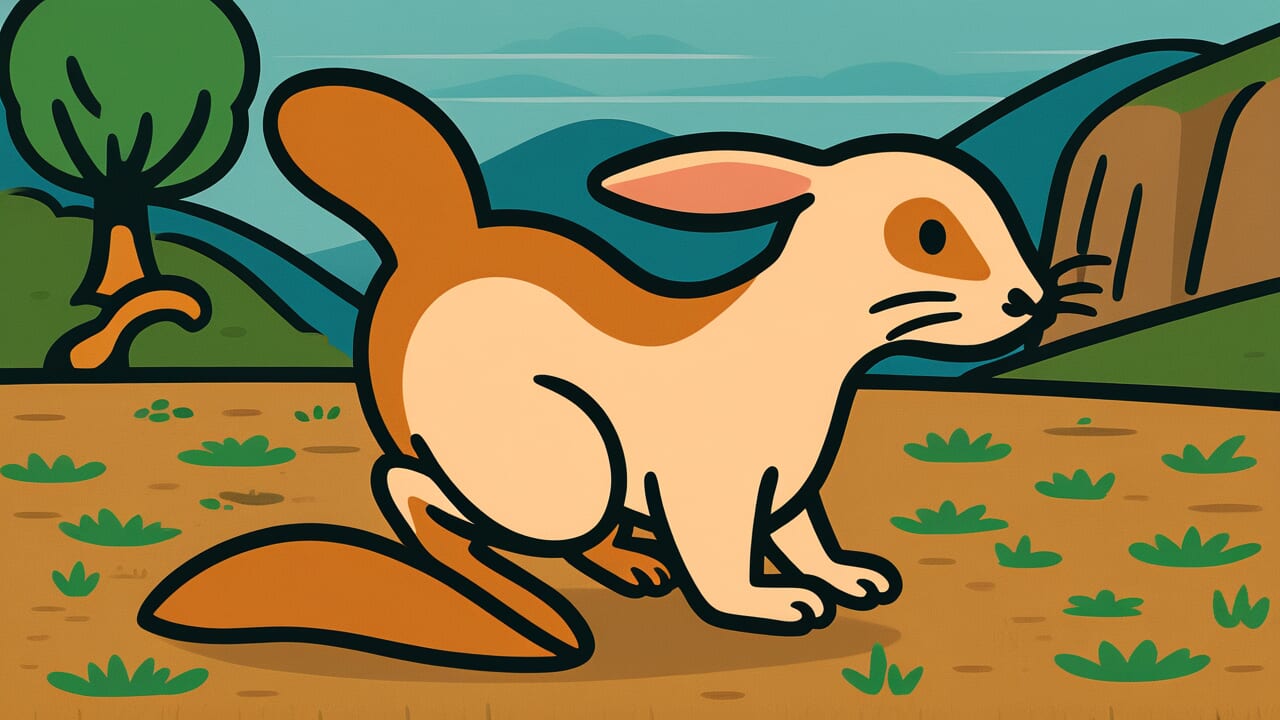How to Read “Becoming a marten, becoming a rabbit”
Ten ni nari usagi ni nari
Meaning of “Becoming a marten, becoming a rabbit”
“Becoming a marten, becoming a rabbit” is a metaphor for adapting flexibly to different situations.
One moment you act like a noble marten, the next you humble yourself like a simple rabbit. The proverb describes how someone changes their attitude and behavior to match each situation.
This saying shows a survival strategy in relationships and social life. It means not sticking to one attitude, but responding appropriately by reading people and situations.
It describes someone who can blend firm and gentle approaches. Sometimes they maintain dignity, other times they show humility.
Even today, taking the right attitude based on the person and situation remains important in business and relationships.
This proverb teaches us the value of having this kind of flexible response ability.
Origin and Etymology
Clear written records about this proverb’s origin are limited. However, we can make interesting observations from the words themselves.
The “marten” is an animal in the weasel family. Its fur has been treasured as extremely valuable since ancient times.
In China, high-ranking officials wore it as decoration. It symbolized power and wealth.
The “rabbit,” on the other hand, is a familiar, humble animal. It has been closely connected to common people’s daily lives.
By contrasting these two animals, the proverb expresses an extreme opposition. It shows the difference between noble and common things.
Acting noble like a marten one moment, then lowering yourself like a rabbit the next. This ever-changing behavior is expressed through animal imagery.
The proverb may have been influenced by Chinese classics and idioms. Japanese literature from the Edo period contains this expression.
This suggests it was used at least by that time. In a culture that values social skills and understanding human relationships, this saying took root.
It expressed the flexibility of changing attitudes according to situations through two contrasting animals.
Usage Examples
- Becoming a marten, becoming a rabbit, he gets along well with anyone
- I admire how that person is becoming a marten, becoming a rabbit and navigating life skillfully
Universal Wisdom
Behind the passing down of “Becoming a marten, becoming a rabbit” lies an essential truth about human society.
It’s a harsh but realistic understanding: to survive, one face is not enough.
We all ideally want to be consistent versions of ourselves. But in real life, we interact with people in various positions and face diverse situations.
Cautious before your boss, confident before subordinates, casual with friends. This isn’t negative two-facedness.
It’s wisdom that humans have developed to survive as social animals.
What’s interesting is that this proverb views flexibility positively. While stubbornly maintaining one attitude is considered virtuous, being able to change with situations is also recognized as an ability.
This reflects our ancestors’ deep understanding of human society’s complexity.
Even as times change, people live within relationships with others. Considering others, reading situations, and responding appropriately.
This ability builds smooth relationships and becomes the power to survive in society. The proverb teaches us this universal truth.
When AI Hears This
Biology has a concept called “adaptive plasticity.” This is an organism’s ability to flexibly change its form or behavior according to its environment.
For example, water fleas grow spikes on their heads when predators are present, then retract them when danger passes.
The core of this strategy is “reading the environment and choosing the optimal solution.”
What’s interesting is that this switching between marten and rabbit has exactly the same structure as what ecology calls “niche shift.”
Niche shift refers to organisms moving their ecological position in response to competitors or environmental changes.
Darwin’s finches evolved different beaks on different islands. This was a strategy to obtain resources most efficiently in each environment.
When humans act noble like a marten before the powerful, then common like a rabbit before the weak, they’re using different social niches to increase survival probability.
Biologists point out that “versatility” is more advantageous than “specialization” in rapidly changing environments.
What survived the ice age were omnivores not dependent on specific foods.
The flexibility to become both marten and rabbit might be a sophisticated strategy that evolution has refined for surviving unpredictable human society.
Lessons for Today
What this proverb teaches you today is the strength of being flexible. Consistency is important, but that’s different from stubbornness.
The ability to read situations, understand others, and respond appropriately is the wisdom for surviving complex modern society.
At work you maintain dignity as a boss, at home you’re warm as a parent, with friends you’re your natural self.
These aren’t false faces. They’re your multifaceted nature, an expression of your richness.
What matters is flexibly changing how you express yourself while holding core values.
Today is an age of diversity. We must collaborate with people from various backgrounds and respond to unpredictable changes.
That’s exactly why the spirit of becoming a marten, becoming a rabbit shines. Having flexibility to change with situations while not losing yourself.
This sense of balance is what helps you grow and build rich relationships.



Comments